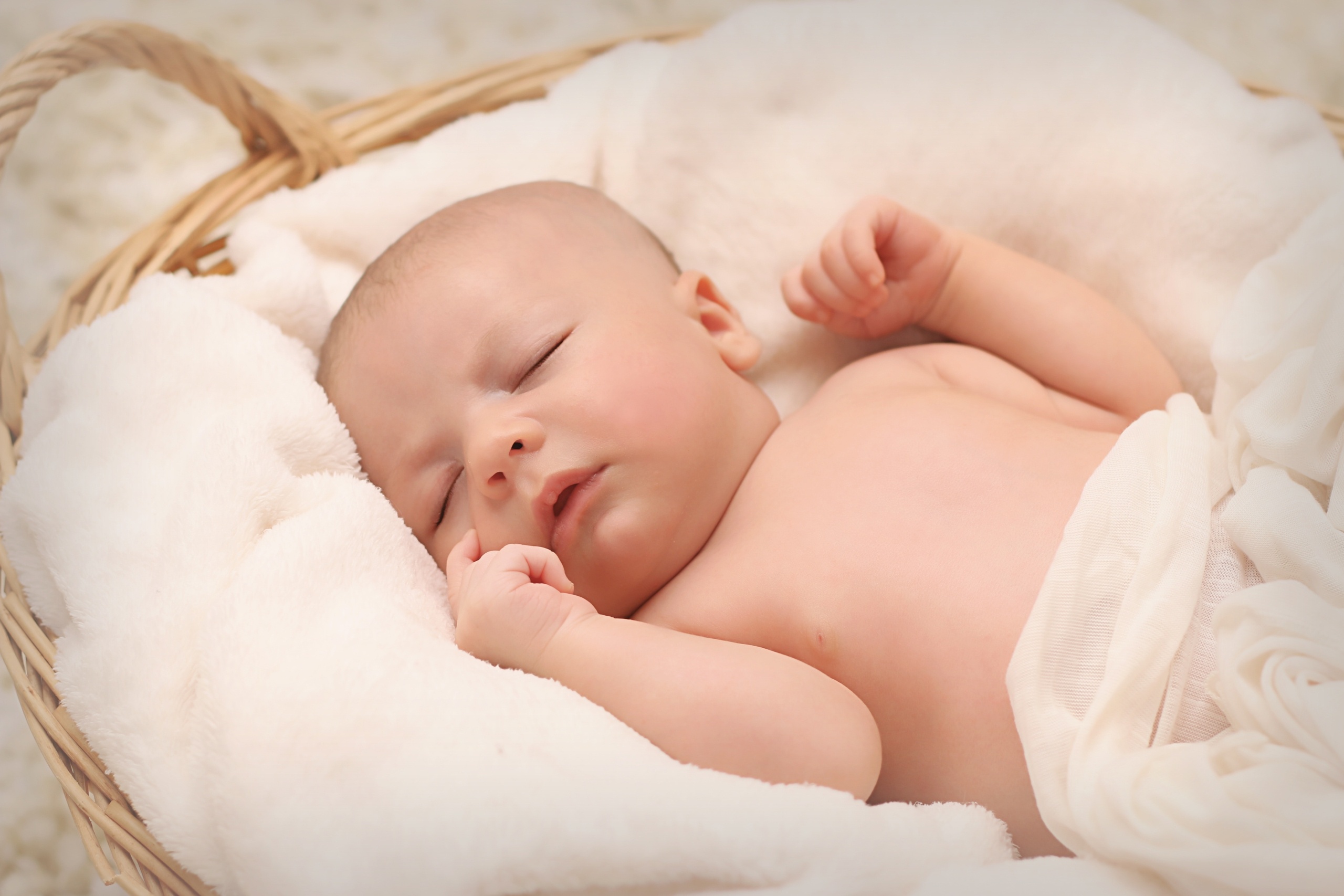What Causes Cradle Cap in Babies?
Cradle cap is a very-common skin condition that impacts nearly 70% of babies by three-months old. Cradle cap or seborrheic dermatitis, in babies most common on the scalp. It can also affect the skin around the torso, face, and diapering area.
Cradle cap is not contagious, so it is not caused by contact with another baby that has it, nor is it a result of poor hygiene or neglect.
It looks unpleasant and can worry many new parents. Rest assured, there are some things that parents can do to alleviate the severity and frequency of this condition.
What Causes Cradle Cap?
So, what is the cause of cradle cap? Medical professionals believe that dermatitis is a result of hormones passed on from the mother during pregnancy and birth. Dermatitis will usually resolve on its own by the time the child is a year old, though it is estimated that around 7% of kids age 1-2 continue to experience this condition.
Symptoms of dermatitis include flaking, scaling, and peeling skin on the afflicted areas. It is not uncommon for the site to be red, dry, though if it appears swollen, contact your child’s doctor.
These scales can be loosened and exfoliated with a clean, soft-bristled brush. The Bean-b-Clean cradle cap brush was created to be the perfect, gentle tool for this job.
How to Manage Cradle Cap in Babies
Cradle cap in babies is not preventable, but you can reduce the severity of the condition with regular hair washings and a gentle scalp massage with a delicate brush. This should serve to loosen the flakes and scales, revealing the healthy skin underneath. Be careful not to shampoo the child’s hair more than once a day however, as this can dry out the scalp and make the situation worse.
After shampooing and sloughing the flaky skin in the tub or shower, apply baby oil or lotion to the affected areas of the body. Always use baby-approved products on the gentle skin of your child; adult products, lotions, and oils can be harsh and irritating to your baby’s skin.
Still worried? Call your child’s doctor or pediatrician to learn more.


